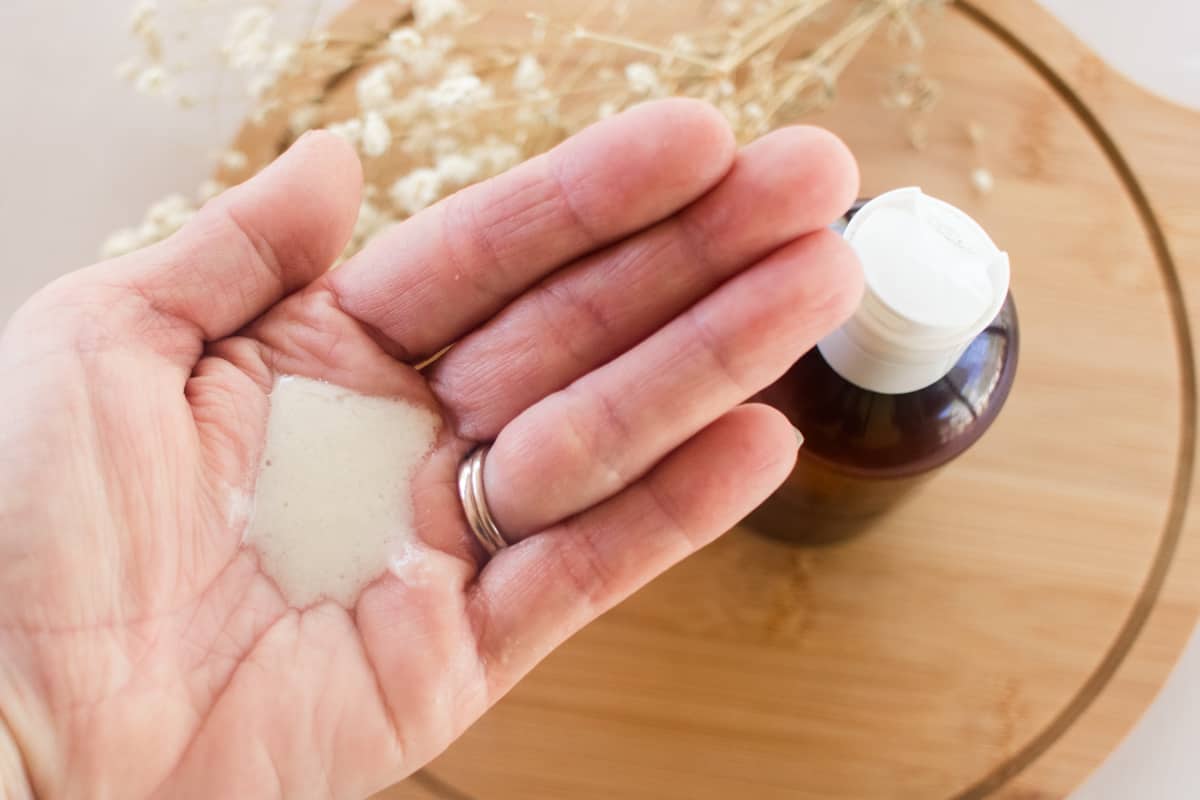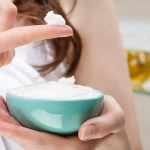Leave-in conditioners can help with dry, frizzy hair, naturally curly hair, and any hair type that needs moisturizing, softening, and extra pampering.
There are many benefits to using a natural leave-in conditioner. You can use it to comb through your hair before shampooing to remove dirt and dead hairs. If you use a leave-in conditioner after shampooing, it will hydrate, protect and soften your hair. Be sure to spray at least two inches from the scalp, all the way to the ends; avoid spraying the scalp or your hair will feel greasy and heavy.
Leave-in conditioners can also be used when you don’t have time to wash your hair but want to freshen it up. Simply wet your hair with a spray bottle and apply some homemade leave-in conditioner, or you can just spray on a liquid conditioner.
Explore the DIY leave-in conditioner recipes below and pick your favorite.
Benefits of DIY Conditioner
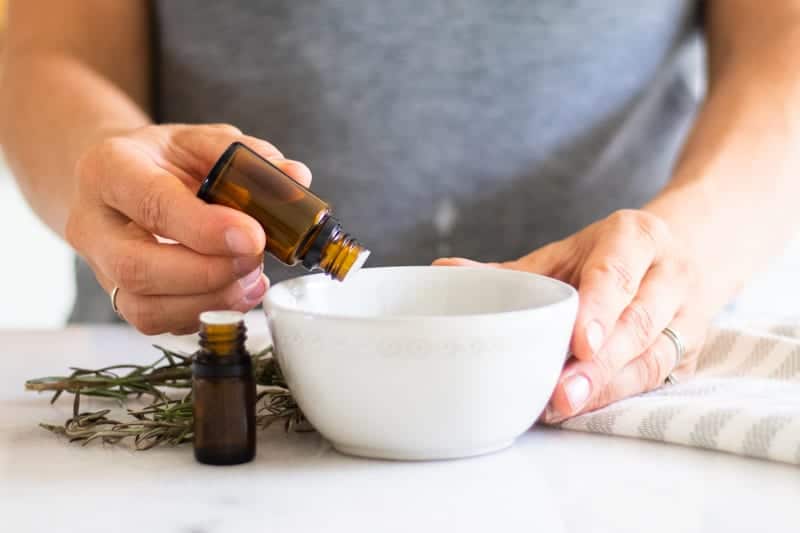
The benefits of DIY conditioner can be summarized in the following points:
- Natural Ingredients: DIY conditioners are made using natural ingredients, free from harsh chemicals, sulfates, and parabens commonly found in commercial products. This ensures that you are treating your hair with gentle and safe ingredients.
- Customization: You have the freedom to customize DIY conditioners according to your hair’s specific needs. Whether you have dry, damaged, or frizzy hair, you can tailor the ingredients to provide targeted nourishment and moisture.
- Cost-effective: DIY conditioners are often much more affordable compared to commercial products. Many of the ingredients can be found in your kitchen pantry or easily purchased at a lower cost, allowing you to save money in the long run.
- Versatility: There are numerous DIY conditioner recipes available, each targeting different hair concerns such as moisture retention, strengthening, hair growth, or scalp health. This versatility allows you to experiment and find the perfect recipe that suits your hair type and needs.
- Hair Health: DIY conditioners often contain natural ingredients that promote overall hair health. They can provide essential vitamins, minerals, and antioxidants that nourish and strengthen the hair, resulting in healthier, shinier, and more manageable locks.
7 Simple DIY Hair Conditioner Recipes
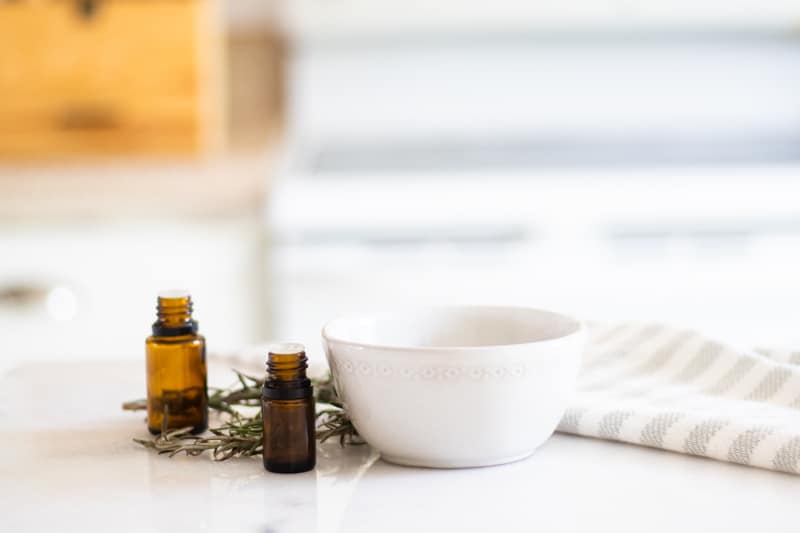
Coconut Oil and Honey Conditioner
Coconut oil is known for its moisturizing properties, while honey acts as a natural humectant, attracting and retaining moisture in the hair. To create this conditioner, melt two tablespoons of coconut oil and mix it with one tablespoon of honey. Apply the mixture to damp hair, focusing on the ends. Leave it on for 20-30 minutes before rinsing with warm water for soft and hydrated tresses.
Avocado and Olive Oil Deep Conditioner
Avocado is rich in healthy fats and vitamins, making it an excellent ingredient for deep conditioning natural hair. Mix half a ripe avocado with two tablespoons of olive oil until smooth. Apply the mixture to clean, damp hair, ensuring even coverage. Leave it on for 30 minutes before rinsing thoroughly for nourished and rejuvenated locks.
Aloe Vera and Tea Tree Oil Scalp Conditioner
Aloe vera is soothing to the scalp and helps promote hair growth, while tea tree oil has antifungal and antibacterial properties. Combine two tablespoons of fresh aloe vera gel with a few drops of tea tree oil. Apply the mixture to your scalp and gently massage it in. Leave it on for 15-20 minutes before rinsing with cool water for a refreshed and balanced scalp.
Yogurt and Lemon Juice Clarifying Conditioner
Yogurt is a natural cleanser that helps remove product buildup, and lemon juice acts as a natural clarifier. Mix half a cup of plain yogurt with one tablespoon of lemon juice. Apply the mixture to damp hair, focusing on the scalp and roots. Leave it on for 10-15 minutes before rinsing thoroughly for clean and revitalized hair.
Shea Butter and Argan Oil Leave-In Conditioner
Shea butter is deeply moisturizing, and argan oil is rich in nutrients that nourish and repair damaged hair. Melt two tablespoons of shea butter in a double boiler and mix it with one tablespoon of argan oil. Once cooled, apply a small amount to clean, damp hair, focusing on the ends. Leave it in without rinsing for added hydration and protection.
Rosewater and Vegetable Glycerin Spritz
Rosewater is known for its hydrating and soothing properties, while vegetable glycerin helps attract and retain moisture in the hair. Mix one cup of distilled water with one tablespoon of rosewater and one teaspoon of vegetable glycerin. Pour the mixture into a spray bottle and spritz it onto damp hair as a leave-in conditioner or to refresh your curls throughout the day.
Green Tea Rinse
Green tea is rich in antioxidants that promote hair growth and add shine to natural hair. Brew a cup of green tea and allow it to cool completely. After shampooing and conditioning your hair, pour the brewed green tea over your hair as a final rinse. Massage it into your scalp and leave it on for a few minutes before rinsing with cool water for nourished and revitalized hair.
Essential Notes for DIY Conditioner Recipes
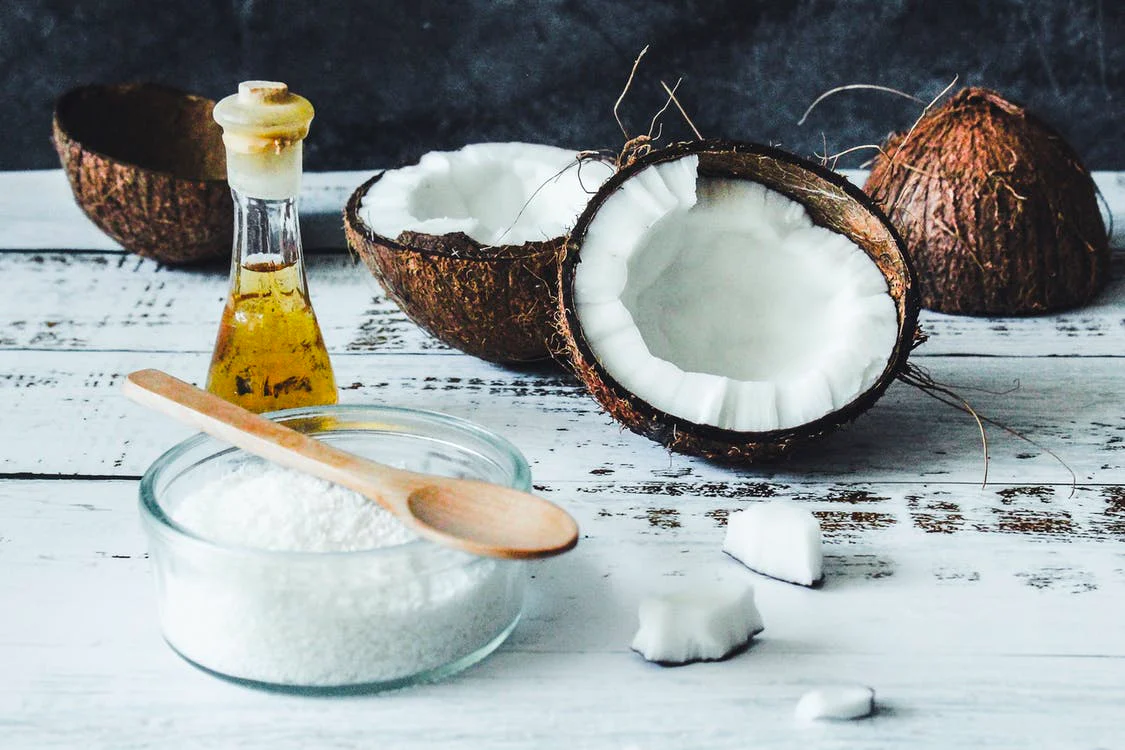
Here are six essential notes to keep in mind when using DIY conditioner recipes:
- Ingredient Allergies: Be aware of any allergies you may have to certain ingredients. Always read the labels and avoid using anything that could cause an adverse reaction.
- Storage: Homemade conditioners often lack preservatives, so it’s crucial to store them properly. Use airtight containers and keep them in a cool, dark place to maintain their freshness and effectiveness.
- Patch Test: Before applying a DIY conditioner recipe all over your hair, perform a patch test on a small section of your scalp or skin to ensure you don’t have any negative reactions.
- Consistency: DIY conditioners may have a different consistency compared to commercial products. Adjust the amounts and textures of the ingredients to achieve the desired consistency for your hair type.
- Experimentation: Everyone’s hair is unique, so it may take some trial and error to find the perfect DIY conditioner recipe for your hair. Don’t be afraid to experiment and adjust the ingredients to suit your specific needs.
- Shelf Life: Homemade conditioners usually have a shorter shelf life compared to store-bought products. Take note of the expiration dates of the ingredients used and discard any leftover conditioner after it has expired or shows signs of spoilage.
By considering these essential notes, you can ensure the safety, effectiveness, and longevity of your DIY conditioner recipes, leading to healthier and more nourished natural hair.
